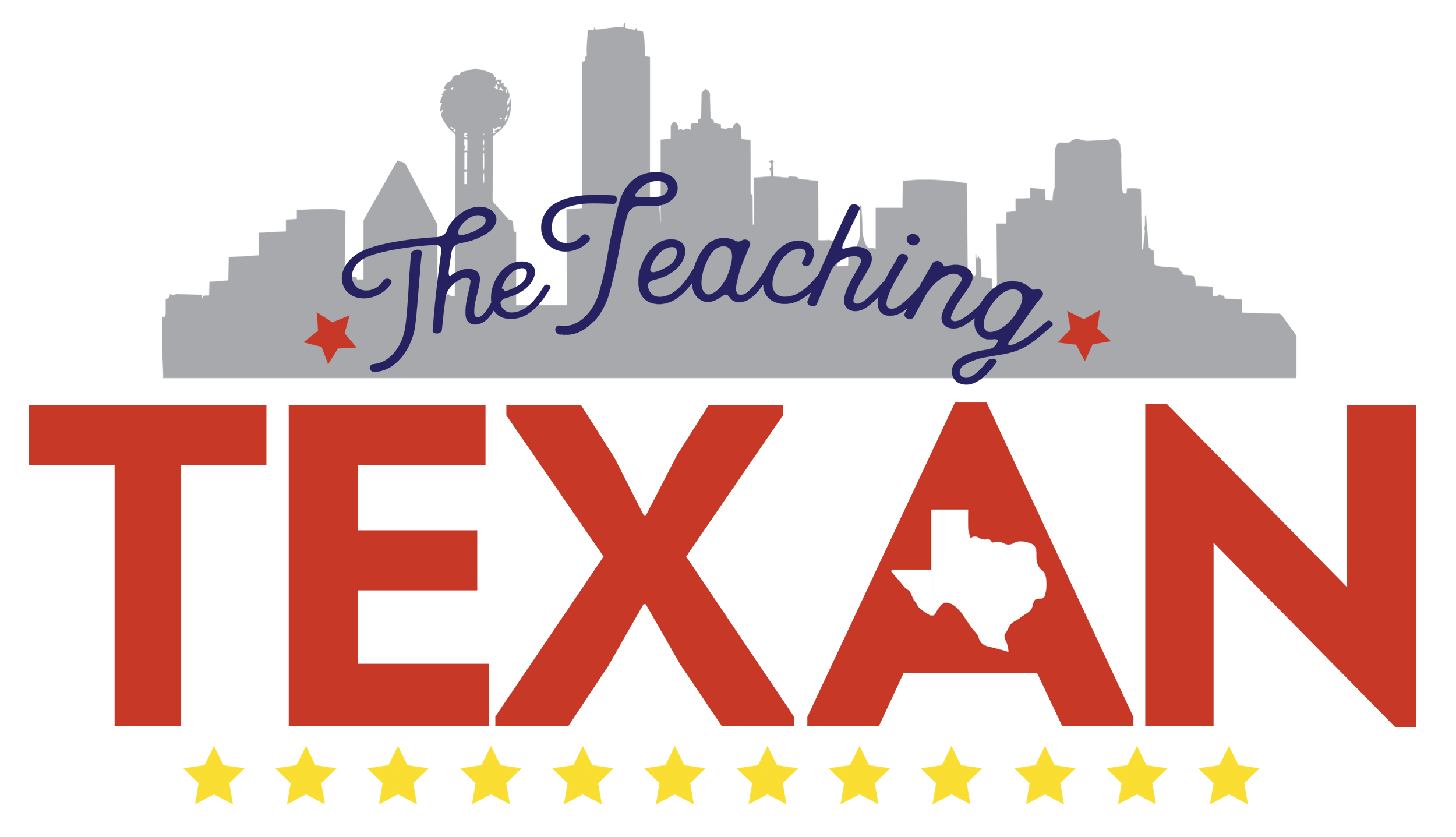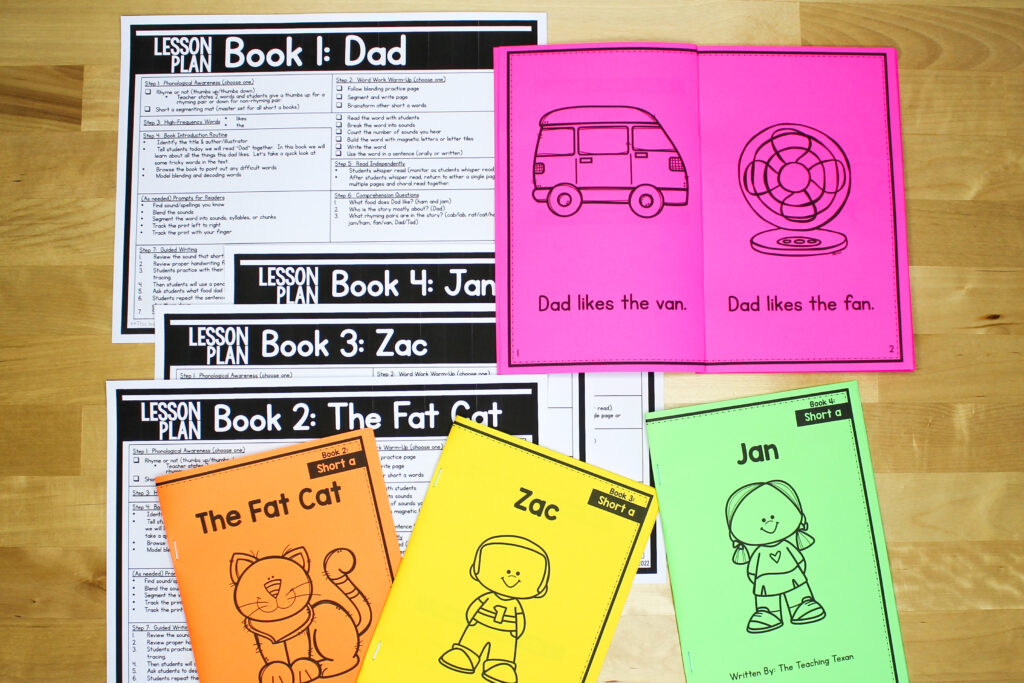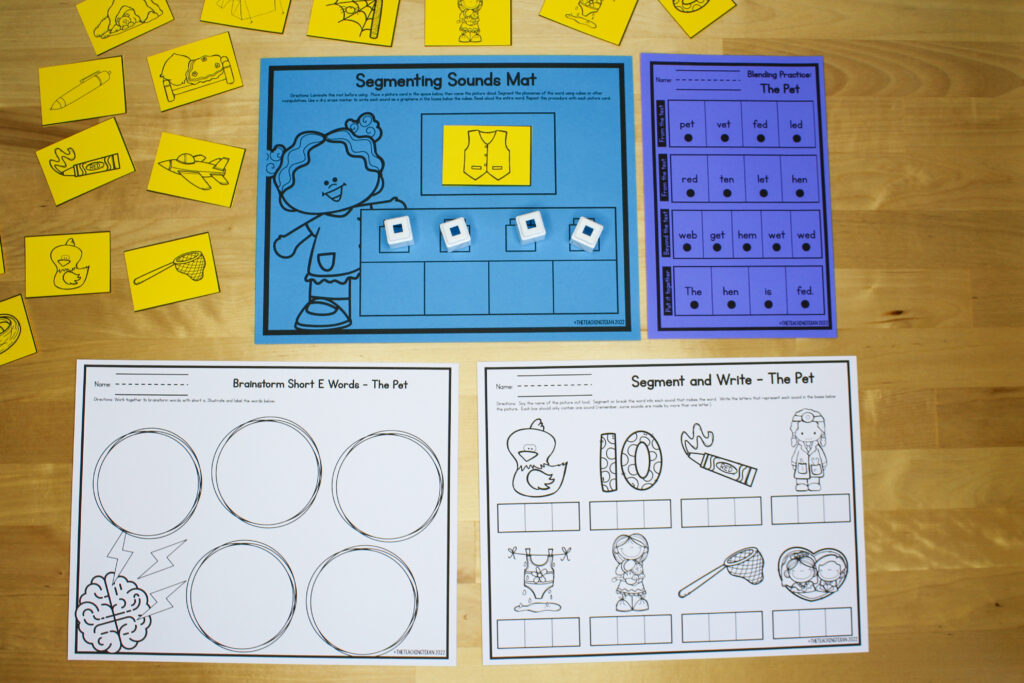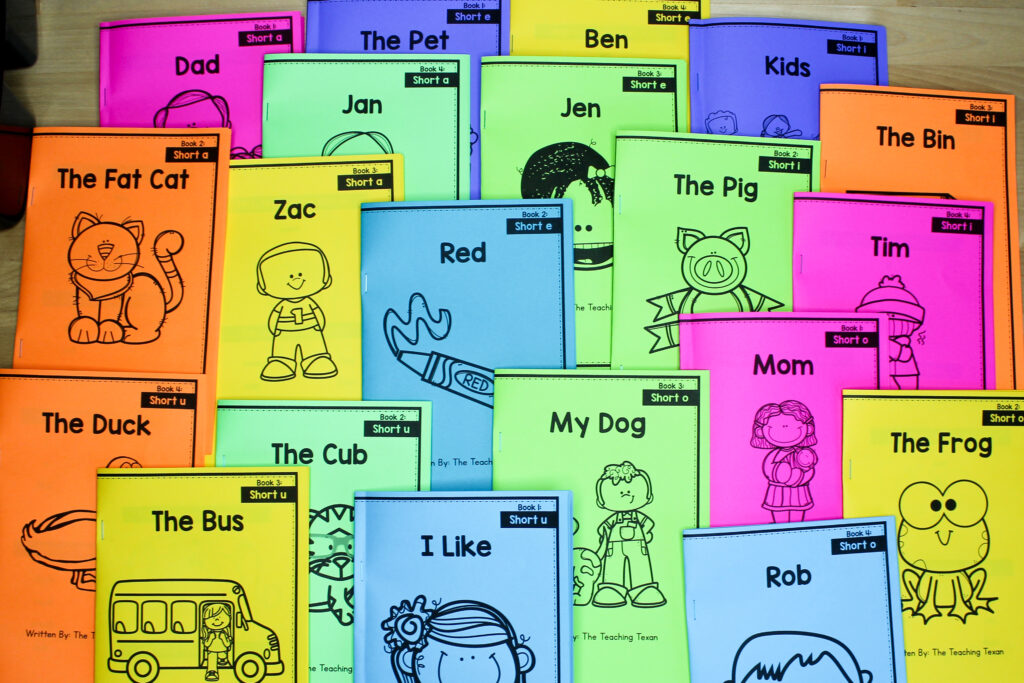The Remarkable Truth: Why Every Kindergarten Teacher Should Be Using Decodable Books to Empower Readers
Decodable readers in early literacy instruction sure are a hot topic right now in the education community. From my own personal experience teaching and chatting with teachers around the country, it raises a whole list of questions…
- Should I use decodable books?
- How do I use decodable readers?
- Where do I find good decodables?
- Does this mean I shouldn’t use leveled texts anymore?
It can be mind boggling and, honestly, completely overwhelming.
So, today I want to share what I’ve learned about using decodables – focusing on why we should be using them (and what this might mean for leveled texts).
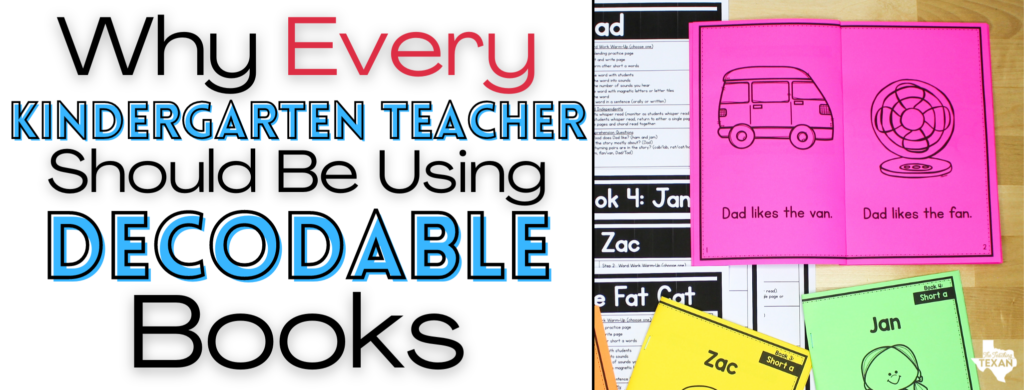
What are decodable books?
Decodable books are texts that are written systematically using the sound-symbol knowledge and phonics patterns that students have been explicitly taught.
In other words, these books progressively add more phonetic patterns and focus on one or two phonics skills combined with previously taught skills and high-frequency words.
Why should teachers use decodable books?
So you may be wondering, what’s the point? Why do I need to use decodable texts with my students?
If you’ve taught small group literacy, you’ve probably noticed at some point a student or students who look at the first letter/letters and guess a word without looking at all of the letters in the word.
Or… maybe you have students relying on the picture to read a word without attending to all of the letters in the word (EX: reading “rabbit” as “bunny” because that would make sense with the picture).
Often times this happens because we have not explicitly taught our students to attend to every letter in a word to read, have not spent enough time building a strong decoding foundation of basic phonics patterns, and/or we are selecting texts (often leveled texts) that don’t align with the phonics patterns we’ve taught students and contain a myriad of patterns (IE: long vowel patterns, digraphs, diphthongs, etc)
And this is precisely why decodable texts make sense for students learning how to read. We can actually control the patterns they are working to decode so they align with our instruction.
What are some resources for good decodable texts?
If you’ve been using leveled texts as your go-to for literacy instruction, you might be wondering where to find good decodable texts. I’ve got some favorites, and I’d love to share them with you!
For short vowel (CVC words) focus, I’ve created a bundle of short vowel decodable readers that not only contain 4 decodable books per short vowel sound but also a full lesson plan and pre-reading and post-reading activities.
I also love that after reading these I can send them home with students so they can practice at home and show their family what they’ve been working on during small group literacy time.
For pre-assembled texts that I do not send home with students, I love BOB Books, Flyleaf Emergent Readers, Half Pint Kids, and High Noon Books to name a few.
What about leveled texts?
I’d be remiss if I didn’t mention leveled texts during our discussion of decodable texts. Do leveled texts still have a place in our instruction?
While I know everyone will have their own opinion on this, my answer is… it depends.
For beginner readers decodable texts will be the hands down winner, but you may have students who are advanced and have very strong decoding ability, strong phonemic awareness and a vast knowledge of phonics patterns. These are students that I believe can benefit from reading a traditional leveled text – however, that’s not the only option for these students!
